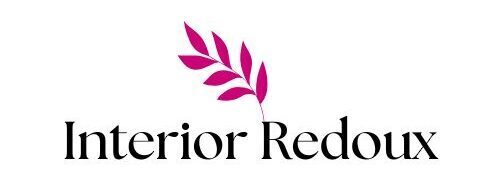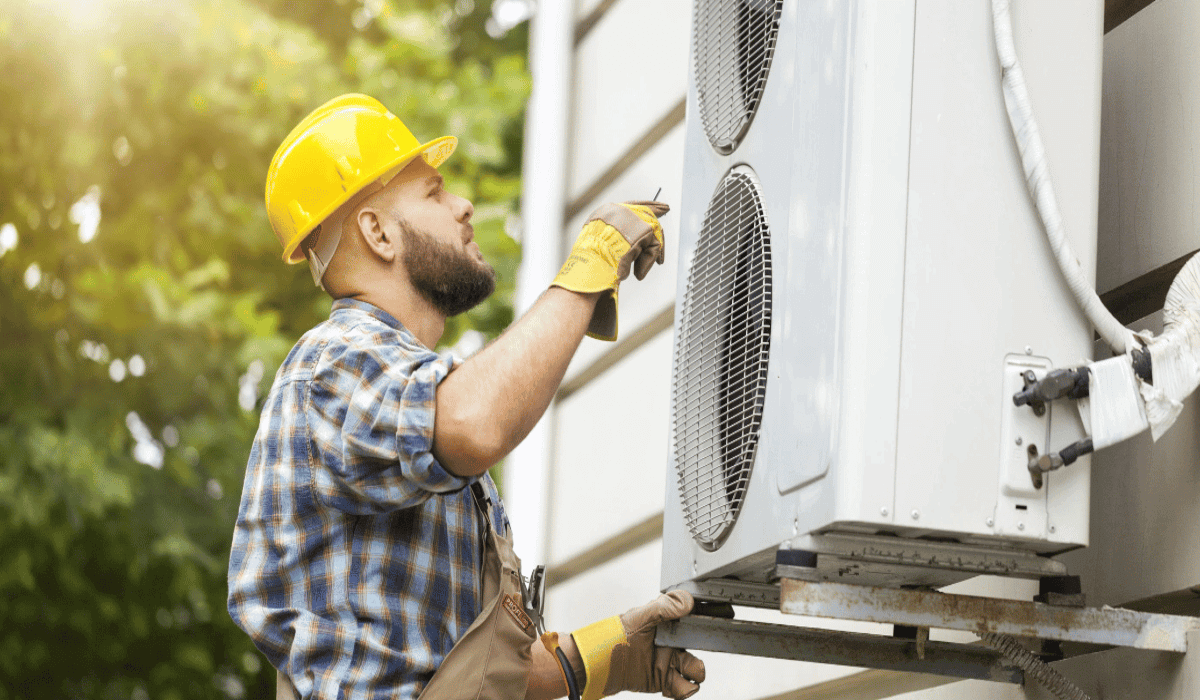Finding an HVAC quote you can trust should not feel like decoding fine print. Yet many Dallas homeowners still discover extra fees tacked on after the crew arrives. If your goal is avoiding hidden HVAC costs and working only with reliable HVAC companies near Dallas, start by demanding a quote that lists every dollar up front.
Transparent, all-in pricing removes surprises and turns a stressful purchase into a clear, budget-friendly plan.
In this guide, you will get to know the transparent quotes of Green Leaf Air and find a reliable place to trust.
Why Transparent Quotes Matter
A full HVAC replacement is a major expense. Yet the price estimates people receive can vary dramatically.
In 2025, national cost trackers estimate a standard residential installation to range between $5,000 and $12,500. High-efficiency systems can exceed $22,000. When a single line item can swing by thousands, clarity is more than a courtesy it is actually a protection.
Transparent quotes also let you compare appropriately. With every part spelled out, you see exactly how a 16-SEER2 unit differs in price and energy use from an 18-SEER2 model.
That knowledge keeps the final decision and the final bill in your hands. Thus, a transparent quote for HVAC systems matters a lot.
How Green Leaf Air Builds Clarity into Every Price Quote
Green Leaf Air treats quoting as a three-part promise. Within these, it builds clarity into every price quote.
Data-driven load calculation: A certified technician measures square footage, insulation, window orientation, and duct layout on site instead of guessing from the driveway.
Line-item pricing: Equipment, labor, permits, refrigerant, and materials appear on separate rows. No miscellaneous bucket.
Written fixed price: Once you approve the scope, the number is locked. Any change later requires a signed addendum first. Thus, you pay what you see only.
Because each cost sits in the open, you can swap equipment tiers, add a smart thermostat, or remove extras without rewriting the whole contract. That’s how they ensure clarity in every step, providing you with transparency.
Understanding the True Cost of HVAC
Most first-time buyers assume the outdoor condensing unit is the bill. In reality, five cost buckets shape the final figure. Consider the following table to understand the true costs:
|
Cost Buckets |
Typical Shares (Approximately) |
What It Covers |
|
Equipment |
55 to 65% |
Furnace, condenser, heat pump, coils |
|
Labor |
20 to 30% |
Removal, installation, commissioning |
|
Materials |
5 to 10% |
Line sets, pads, fasteners, and sealant |
|
Permits and Disposal |
2 to 5% |
City fees, refrigerant recovery, and recycling |
|
Contingency |
3 to 5% |
Minor duct repairs, code upgrades |
Parts prices keep climbing. Manufacturers announced increases of 5 to 8% in 2024 to cover higher freight and raw-material costs.
Knowing each bucket shows exactly where inflation hits and where a contractor may slip in margin. So, always check the current price rates before purchasing an HVAC system.
Common Hidden Fees in the HVAC Industry
Even well-meaning firms sometimes bury extras in small print. These are the biggest red flags. Here are the common fees HVAC companies try to manipulate:
-
Environmental or “freon” fees far above the EPA rate for proper refrigerant recovery.
-
Trip charges inside the contractor’s advertised service area.
-
Refrigerant surcharges are tied to the new 2025 A2L (R-454B) rules that appear without explanation.
-
Phantom discounts that vanish once the crew starts work.
The Federal Trade Commission’s new rule on deceptive fees, effective May 12, 2025, bans bait-and-switch pricing altogether. It is proof that hidden fees are more than annoying; they are unlawful.
Five Practical Steps to Avoid Hidden HVAC Costs
Staying on budget takes a bit of homework, but each step is simple. Here are some expert-suggested practical steps that will help you avoid hidden HVAC costs.
Ask for a written load calculation: It proves sizing is data-based, not guesswork.
Demand line-item pricing: If labor or duct work rolls into miscellaneous, have it broken out.
Verify permits in advance: Unpermitted installs can void warranties and trigger fines.
Insist on a fixed-price contract: Surprises require your signed approval first.
Tie payments to milestones: Pay when specific work is complete, not on arbitrary dates.
With these steps, the invoice you receive should match the quote you signed. This is how you can avoid those hidden costs.
Choosing Reliable HVAC Companies Near Dallas
North Texas heat pushes air conditioning systems harder than most regions, so reliability is critical. Keep these points in mind when evaluating local contractors:
Check license status: Texas requires an Air Conditioning and Refrigeration Contractor license. Verify the number on the state licensing site.
Read recent reviews: Focus on punctuality and quote accuracy posted within the past year.
Confirm insurance: Look for at least $300,000 liability coverage.
Ask about permits: Reputable firms pull them for you and include the fee in writing.
Any company that ticks those boxes can earn your trust, so long as its quote stays transparent. As Green Leaf Air meets every standard, you can rely on them and enjoy transparent pricing.
Energy Incentives and Rebates: Stretching Your HVAC Budget
Transparent pricing shows the base cost, but incentives can shrink that number further. Under the Energy Efficient Home Improvement Credit, qualifying heat pumps, central ACs, and furnaces earn up to $2,000 per year in federal tax credits through 2032.
Moreover, many Dallas utilities add rebates from $200 to $800 for high-SEER2 systems, and the Inflation Reduction Act’s rebate program can cover even more for low and moderate-income households.
Because incentives phase out or cap annually, ask each contractor to list them as separate line items. That layout shows the gross price, the incentive amount, and the net you actually pay, right on the quote.
Final Thoughts
Green Leaf Air was founded on one rule: no surprise bills ever. Their line-item quotes, fixed-price contracts, and written change orders keep every cost in view. That approach has earned repeat customers and five-star reviews across Dallas-Fort Worth. So, pay what you see in the quote and witness transparency in action.
FAQs
How Can I Verify an HVAC Contractor’s License in Texas?
You can check any contractor’s Air Conditioning and Refrigeration license on the Texas Department of Licensing and Regulation website to ensure they are properly certified and in good standing.
What Should Be Included in a Line-Item HVAC Quote?
A clear quote breaks down equipment, labor, permits, refrigerant, and materials separately no bundled “miscellaneous” fees so you understand every charge.
How Do Load Calculations Affect My HVAC Quote?
Load calculations measure your home’s size, insulation, and ductwork to recommend the correct system size, avoiding undersized or oversized units that waste energy or cost more.
What Are Common Permits Required for HVAC Installation in Dallas?
Permits typically cover city inspections, refrigerant handling, and electrical work. Licensed contractors should handle permits and include associated fees in their transparent quotes.
How Do Federal Tax Credits and Local Rebates Affect My Final HVAC Cost?
These incentives reduce your out-of-pocket expense by deducting qualified amounts from your bill, but they must be listed clearly on your quote to track their impact on the final price.

